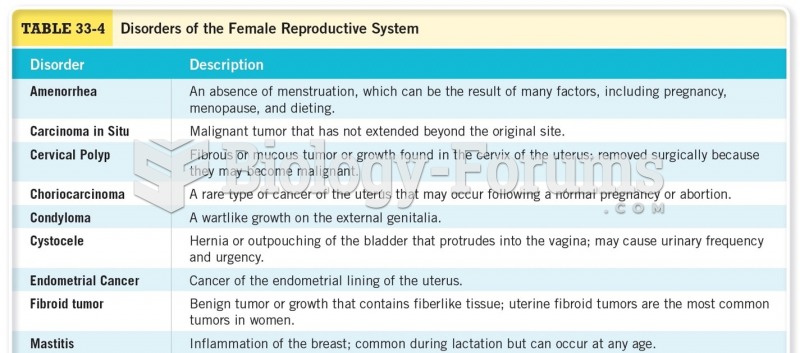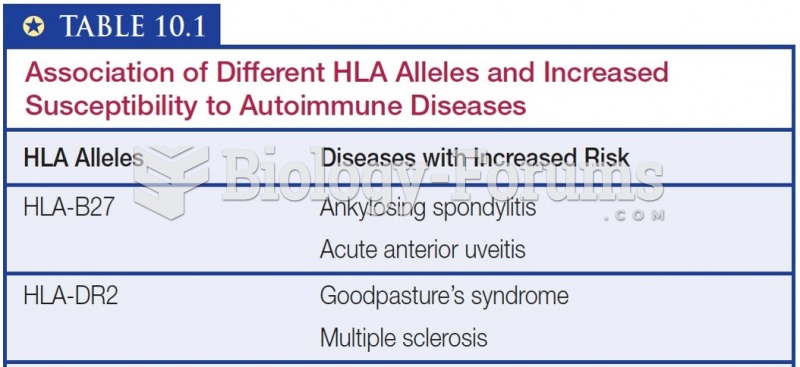|
|
|
Giardia is one of the most common intestinal parasites worldwide, and infects up to 20% of the world population, mostly in poorer countries with inadequate sanitation. Infections are most common in children, though chronic Giardia is more common in adults.
Certain rare plants containing cyanide include apricot pits and a type of potato called cassava. Fortunately, only chronic or massive ingestion of any of these plants can lead to serious poisoning.
Human kidneys will clean about 1 million gallons of blood in an average lifetime.
About 100 new prescription or over-the-counter drugs come into the U.S. market every year.
Urine turns bright yellow if larger than normal amounts of certain substances are consumed; one of these substances is asparagus.
 The female reproductive system, sagittal view showing organs of the system in relation to the urinar
The female reproductive system, sagittal view showing organs of the system in relation to the urinar
 Female roundworm. Roundworms have long, cylindrical bodies with a tough covering. Eggs laid by the ...
Female roundworm. Roundworms have long, cylindrical bodies with a tough covering. Eggs laid by the ...





